 20-08-2023
20-08-2023- Inspiration
- 0 comments
- 1329 Views
Wood flooring in kitchens is a design choice that has gained popularity over the years due to its warm, inviting, and timeless appeal. However, the kitchen is an area of the home that is prone to spills, moisture, and heavy traffic, so there are both advantages and considerations to take into account if you're thinking about wood flooring for this space.
Advantages of Wood Flooring in Kitchens:
- Aesthetic Appeal: Wood flooring provides a warm, natural look that can complement a variety of kitchen styles, from rustic to modern.
- Continuity: If you have an open-concept home, using wood flooring in the kitchen can create a seamless flow from one space to another.
- Comfort: Wood is more forgiving on the feet than tile or stone. It's warmer to the touch and provides a slightly softer surface, which can be beneficial if you spend a lot of time standing in the kitchen.
- Versatility: With a variety of wood species, stains, and finishes available, you can tailor the floor to match your desired aesthetic.
- Resale Value: Quality wood flooring can add to the resale value of your home.
Considerations and Tips:
- Moisture: Wood is susceptible to water damage. Any spills should be wiped up immediately to prevent the wood from warping or staining. It's essential to ensure that there's no water leakage from appliances like dishwashers or refrigerators.
- Hardwearing Finish: Opt for a durable finish that can withstand heavy traffic, potential scratches from dropped utensils, and pet claws. Polyurethane is a popular choice due to its durability.
- Protective Mats: Place mats in front of the sink and stove to protect the floor from frequent splashes and spills.
- Routine Maintenance: Regularly sweep or vacuum the floor to remove grit and debris, which can scratch the wood. Clean using a damp (not wet) mop and a cleaner specifically designed for wood floors.
- Choose the Right Wood: Harder woods, such as oak, maple, or cherry, are typically better for kitchens as they are more resistant to dents and scratches. The Janka hardness scale can be a useful reference.
- Refinishing: One advantage of solid wood flooring is that it can be refinished multiple times. If the kitchen floor starts to show significant wear or damage, you can sand and refinish it to make it look new again.
- Engineered Wood: If you love the look of wood but are concerned about moisture, engineered wood flooring might be a good option. It's more stable than solid wood and can handle moisture better, though it's still not waterproof.
While wood flooring in kitchens requires careful consideration and a bit more maintenance than some other flooring options, many homeowners find the aesthetic appeal and warmth of wood worth the extra effort. If you decide to go this route, just be sure to take precautions against moisture and wear.

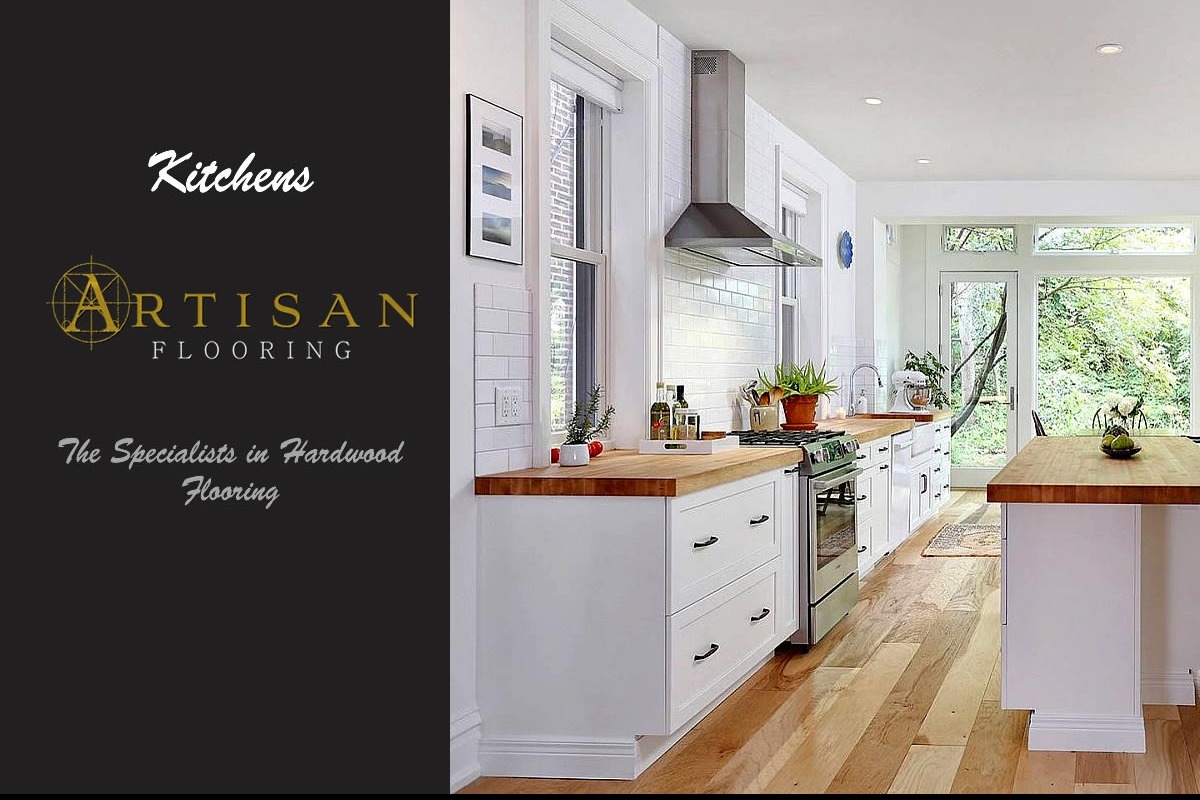
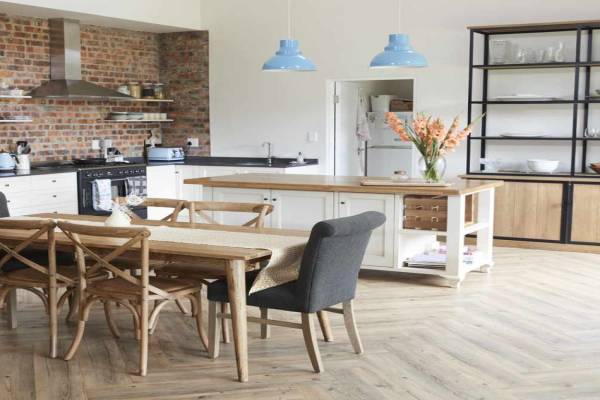
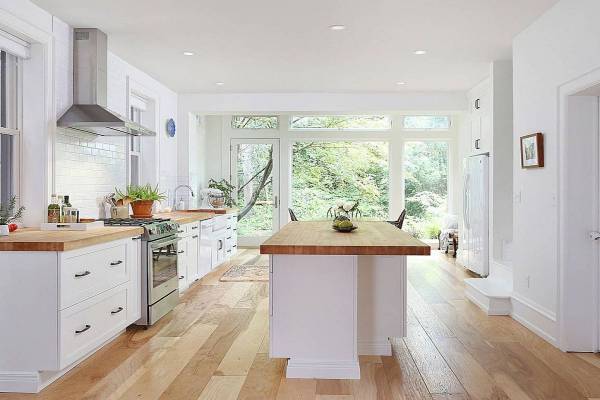
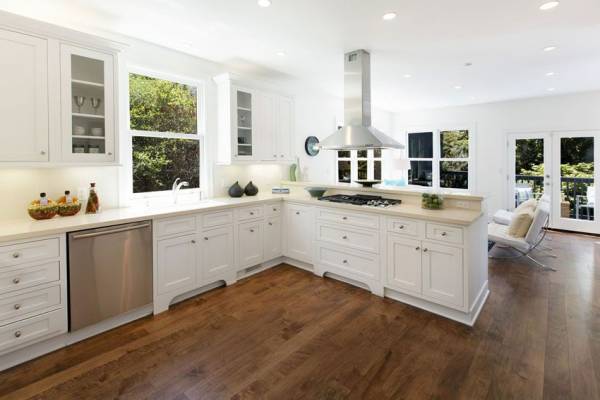
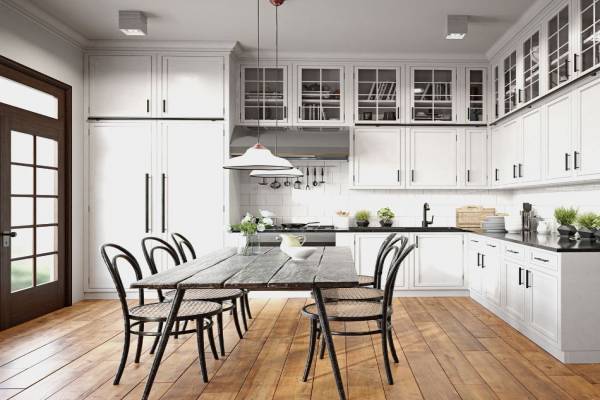
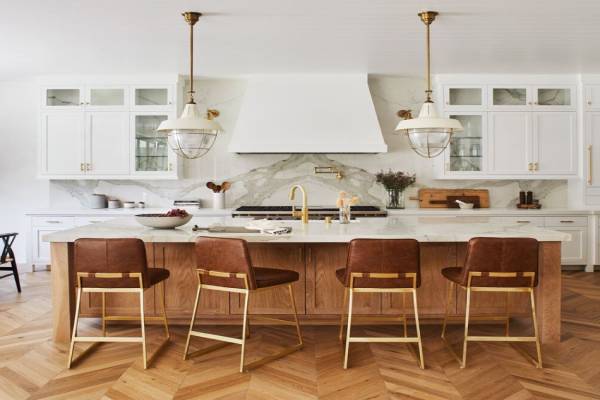
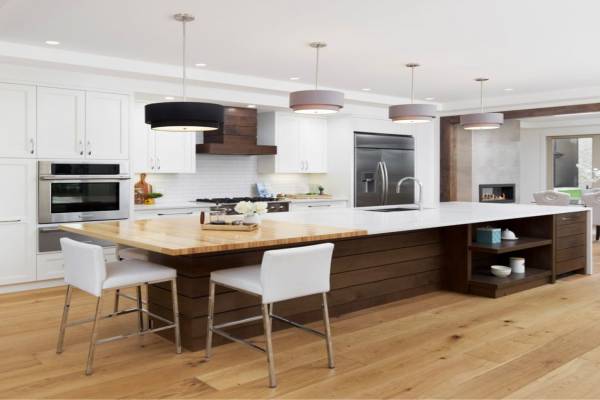

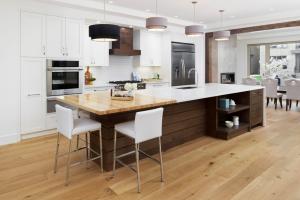

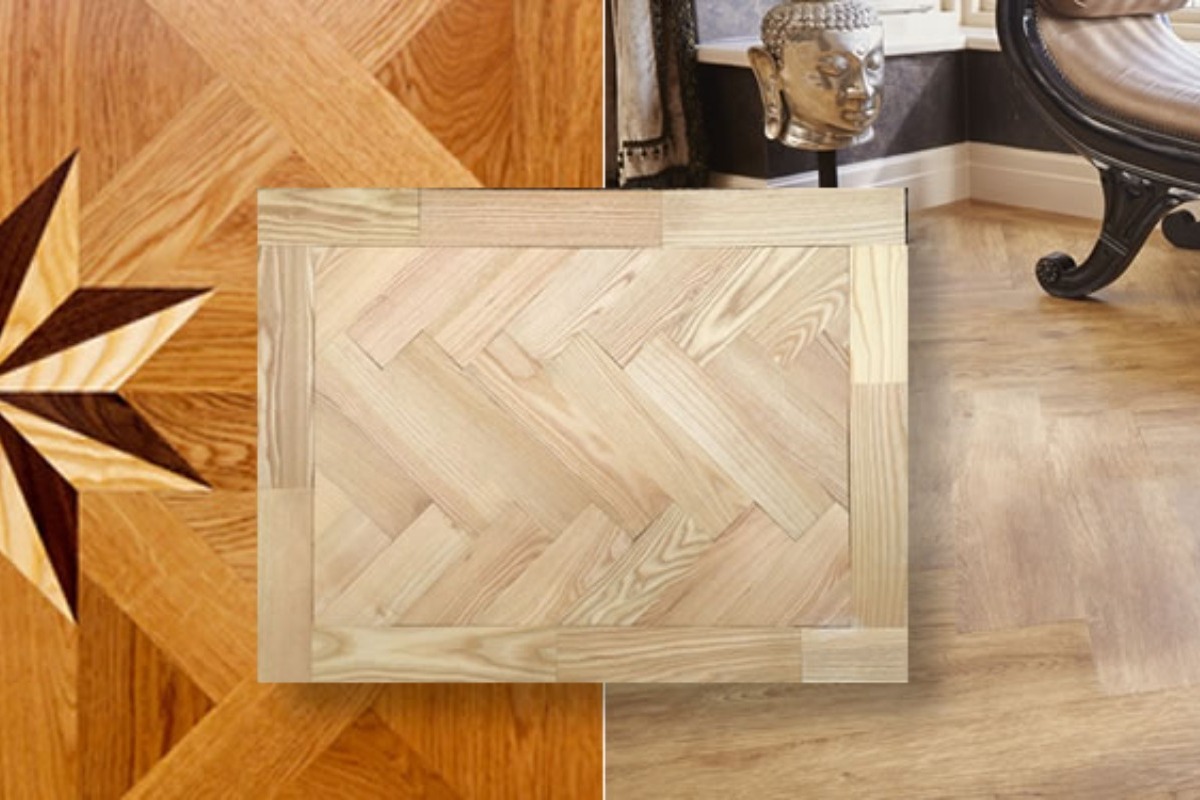
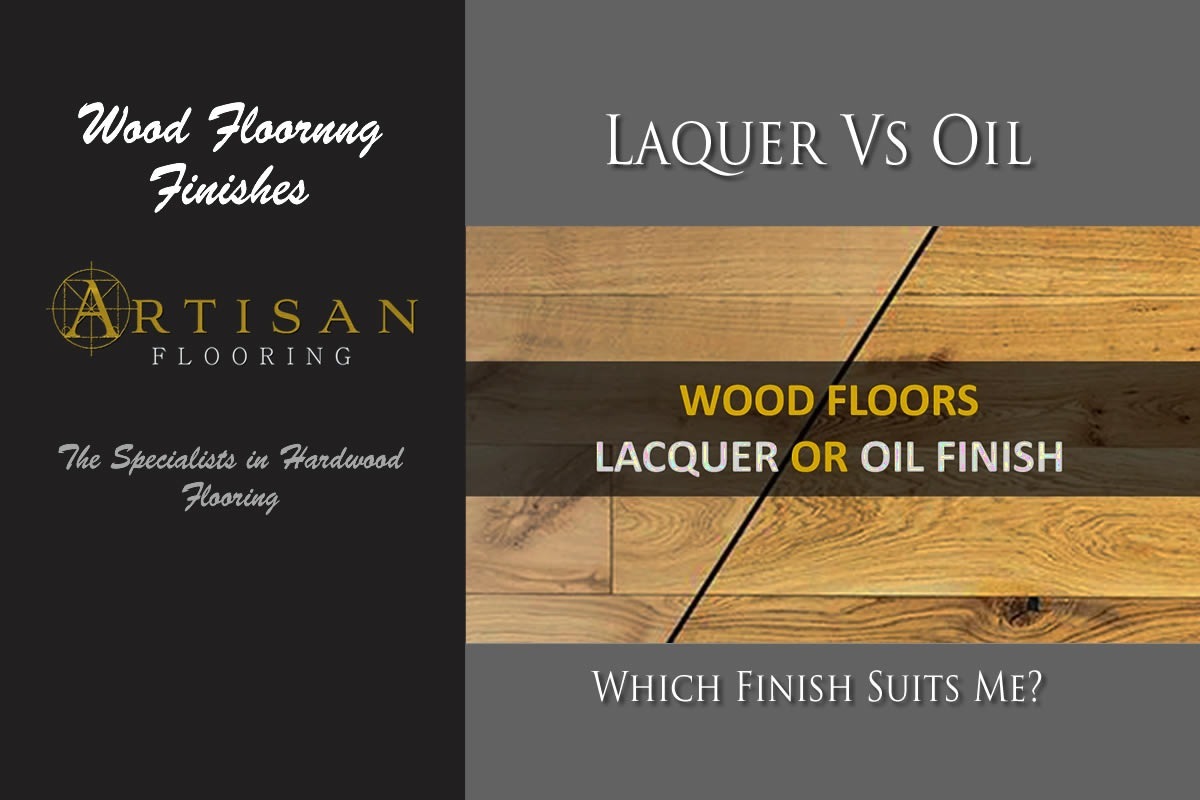
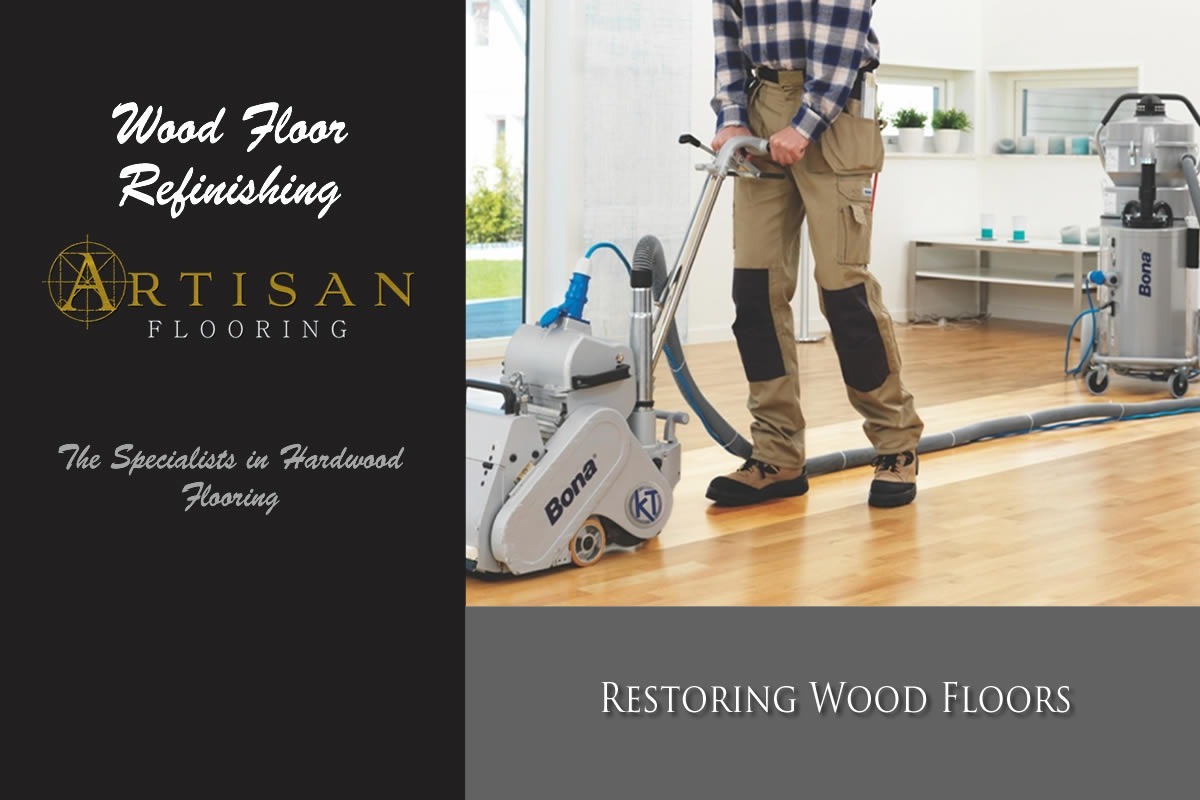
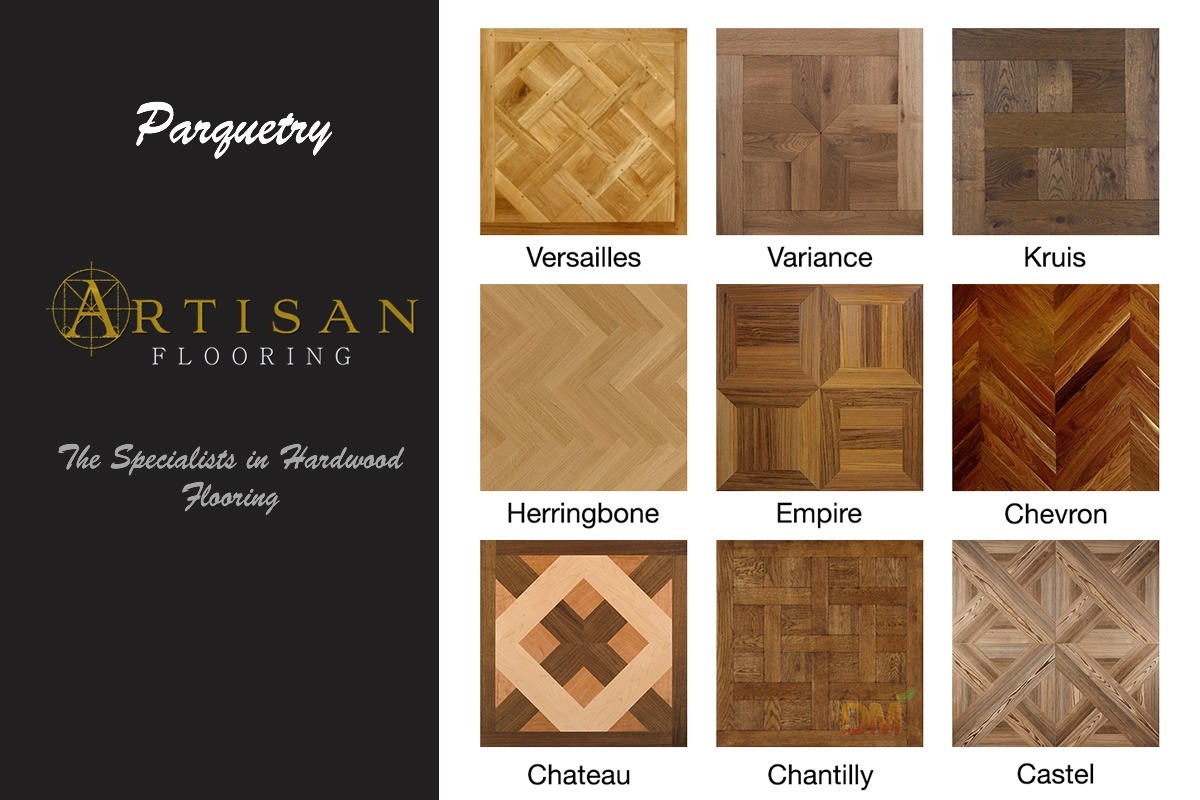
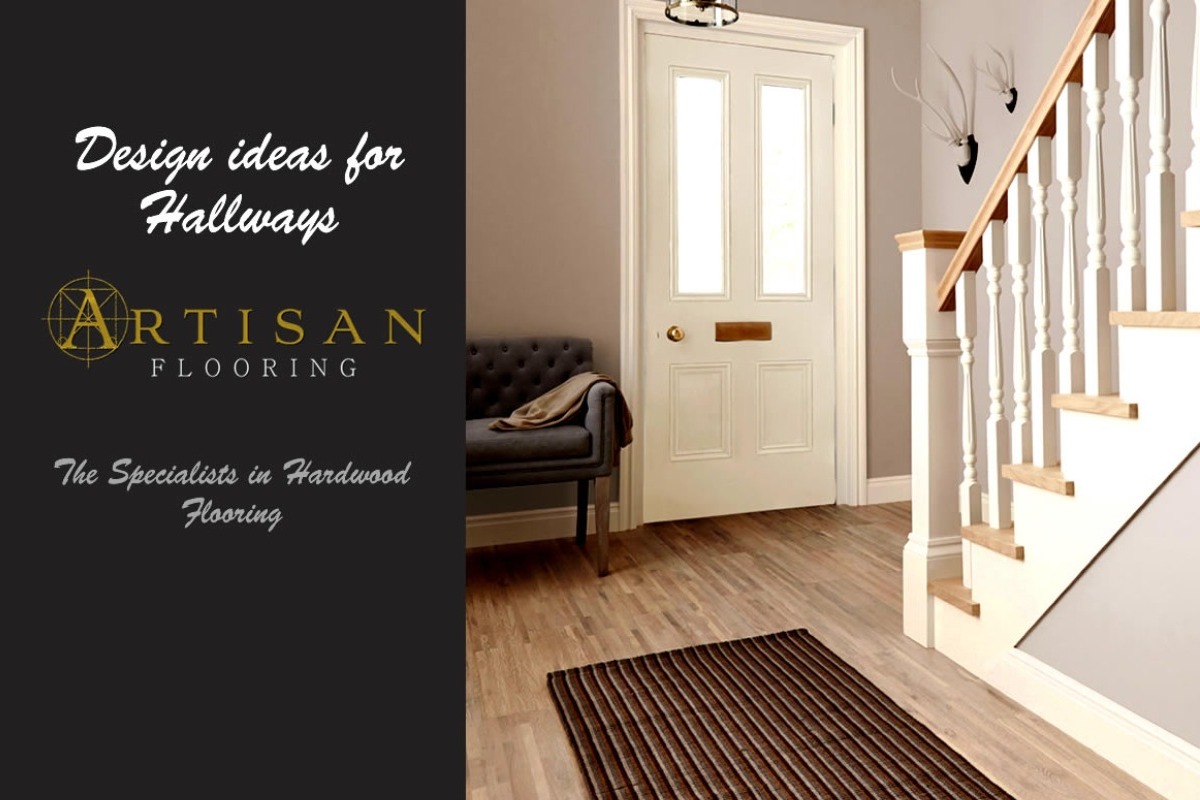
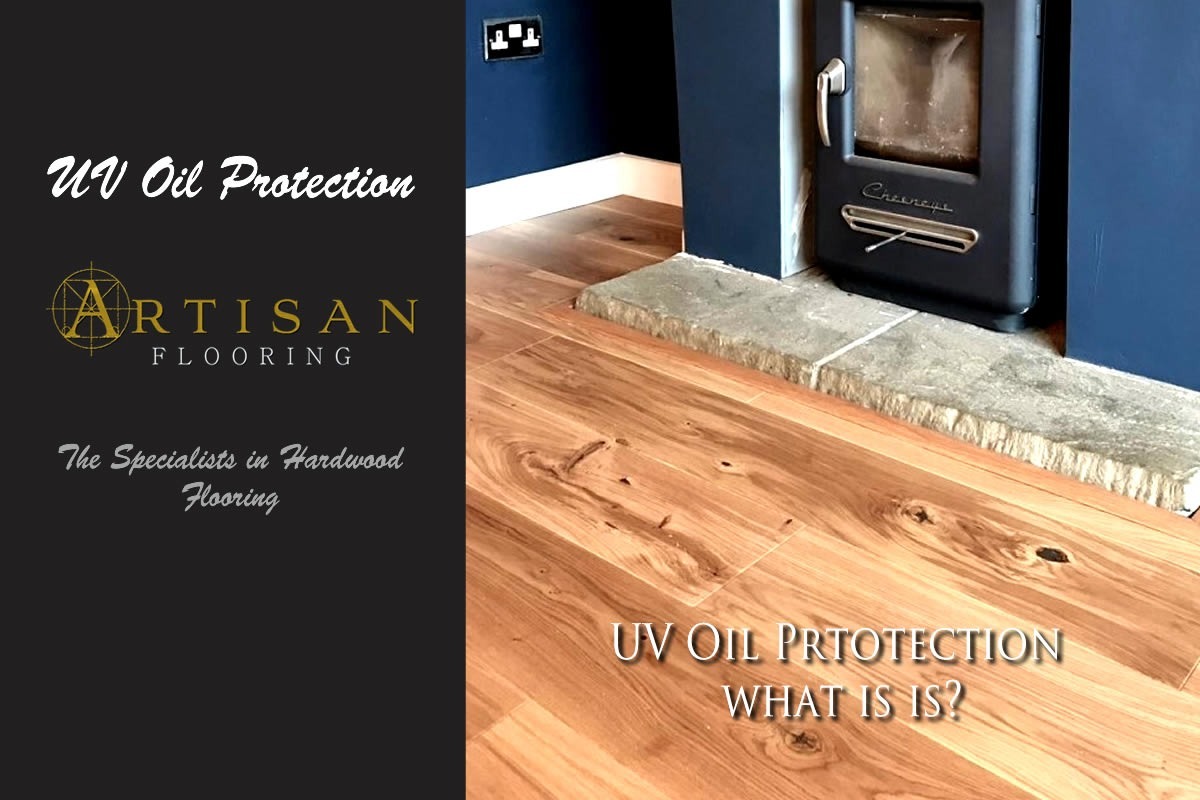
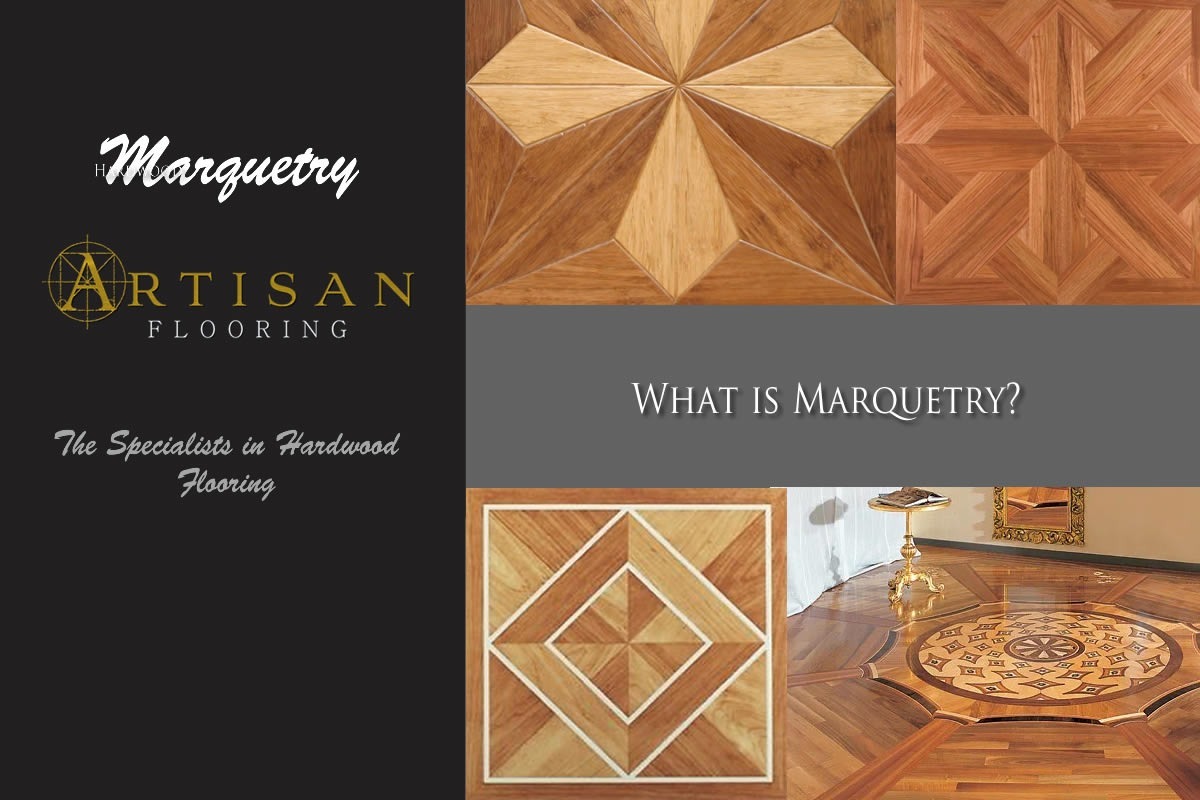

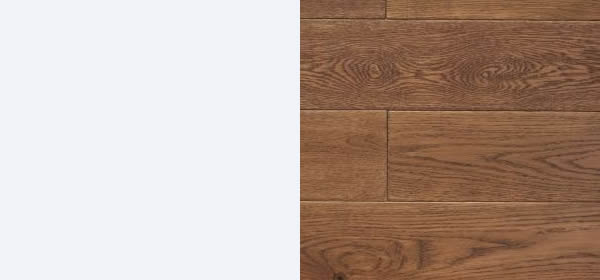


Recent Comments
No Comments have been left yet! Be the first :)